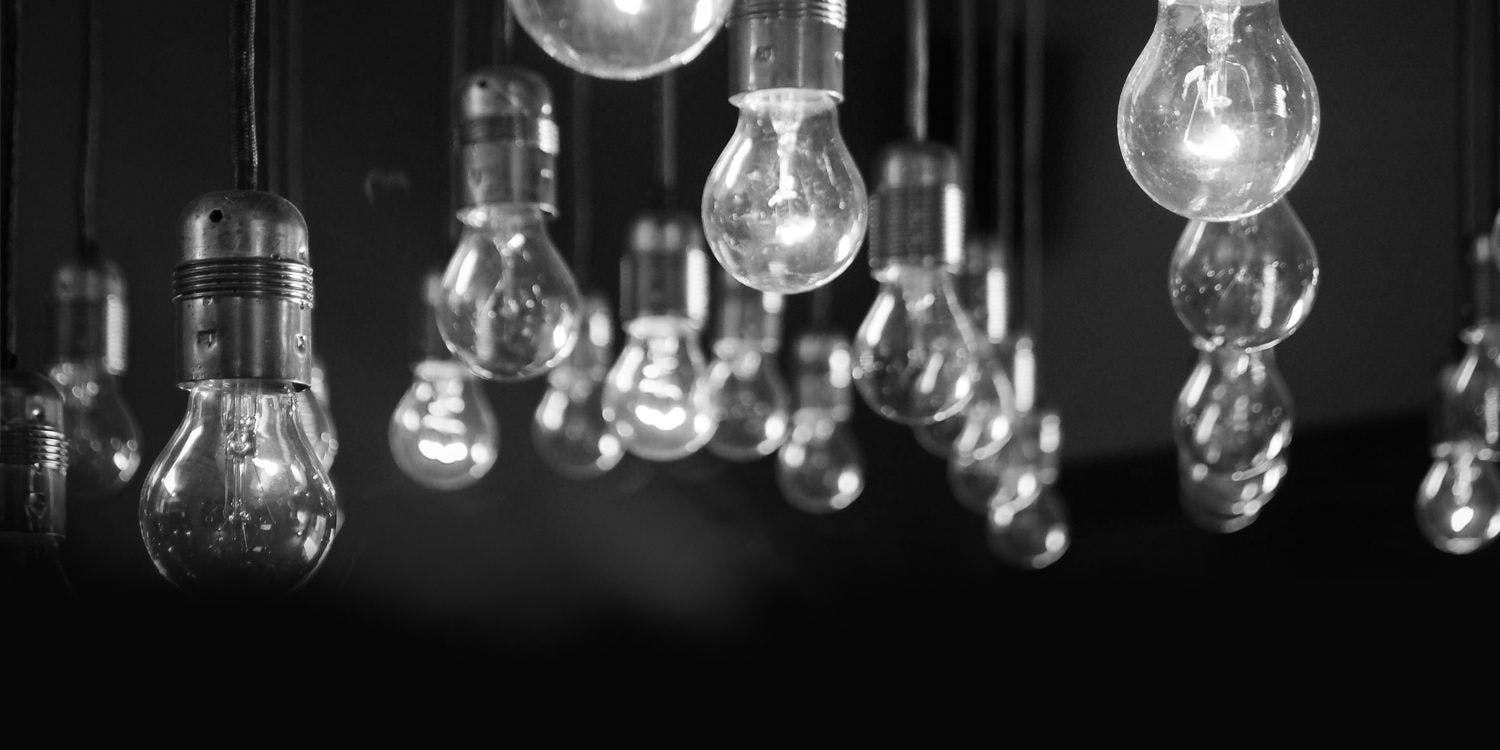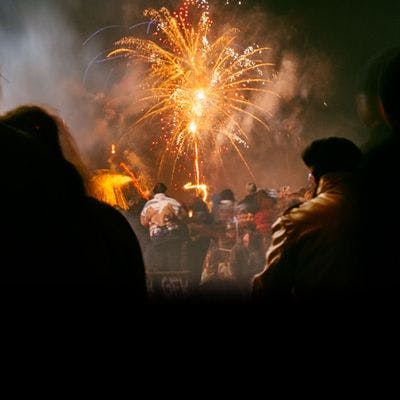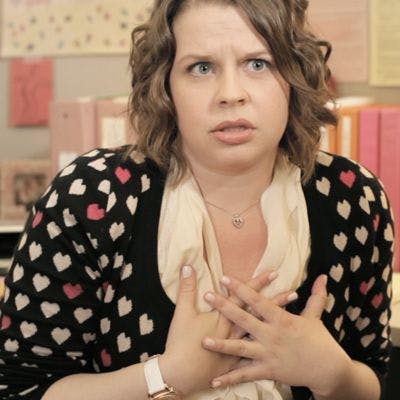Do you need a Brand Activation AOR?

By Adam Kleinberg
In 2014, senior marketers from at least half a dozen brands expressed frustration with me over a gap in their agency portfolio.
Their "advertising" agencies do a great job shooting TV spots and building their brand—but their solution to every problem is a script. Their "digital" agencies do a great job handling the digital stuff—like search, media buying, e-commerce and analytics—but they couldn't tell an idea from a lamppost.
These marketers are struggling because they know that today's consumer has changed. People are constantly connected, digitally empowered, and they trust one another more than they trust brands. Innovating to create experiences they value and engaging them on their own terms are critical imperatives for brands.
We all thought we had this solved with social. Brands spewed content into our feeds, and now are shocked that the kids have all run to hide from them within the dodgy confines of Snapchat and other private networks. Suddenly, Facebook is a paid media channel and "social media guru" isn't such a sexy job title on LinkedIn.
But people are still connecting, sharing, living and breathing with one another more than ever before. How do you activate them to connect, share, live and breath your brand?
Traction is providing a solution to these challenges with a new model of agency services we will offer called the "Brand Activation Agency of Record."
A Brand Activation Agency-of-Record would take the lead with strategically driven, leanly developed ideas to engage your customer base, with a digital-first outlook. Here are three attributes of how this kind of agency relationship would look:
Platforms, not campaigns
Engagement is more than just a buzzword. It's a clear imperative for brands looking to drive meaningful results from their marketing efforts. Having your customers be part of your brand story is no longer a "nice-to-have" either. Traditional approaches start from the top of the funnel with a million dollar spot and trickle down from there—or from the bottom with direct response.
Brand activators recognize the funnel is now a whirlpool and start with platforms designed to engage. For example, Traction did a campaign for Kelly Moore Paints that had a web app at its core that allowed people to design and share color palettes. We designed the campaign around the palette design platform—and 38% shared the palettes they created through email, Pinterest and other social channels.
This is nothing new—the Pepsi Challenge was an engagement platform that started running in 1975—but in today's connected world, it's more important than ever before.
Lean, but insight-driven
This is not throwing crap against the wall to see what sticks. The research, data and insight that drives a campaign is still critical for success. Instead of building just one idea on a massive scale, however, the agency might develop MVPs (Minimum Viable Products) for three or four of them on a smaller, but significant level, put some media dollars behind them, measure, and scale when they see success.
Integrated across the customer journey
Media strategy and creative ideation must go hand-in-hand. Otherwise, you're just counting impressions without necessarily making them. Planning communications is a collaborative art that needs to bring together an understanding of your customer with the means to reach them across all of your channels—paid, owned and earned.
Highly collaborative
The challenge to integration has been the loss of specialization. A Brand Activation AOR will need to be collaborative by design. They'll likely work closely with teams like your media buying shop, your content partners and even your internal teams.

Reflecting on the value of freedom.

We are thrilled to announce that last night, Traction was named Independent Agency of the Year at the 2014 iMedia Agency Awards!

Staffing Agency, Robert Half has reached a fresher, younger audience for their longest-running campaign for Accountemps with Traction.
